50 Amazing Volcano Facts

Largest active in the North
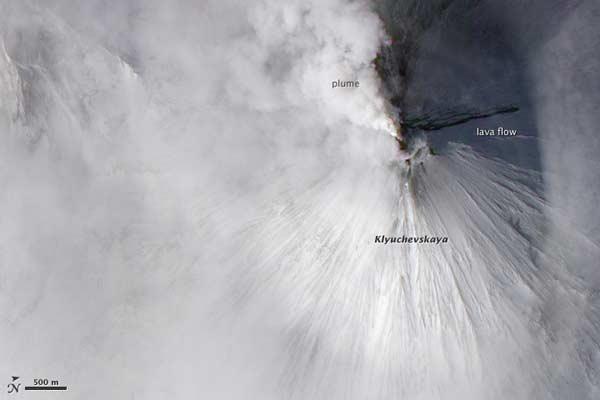
Klyuchevskaya Volcano on Russia's Kamchatka Peninsula is the largest active volcano in the Northern Hemisphere.
The summit
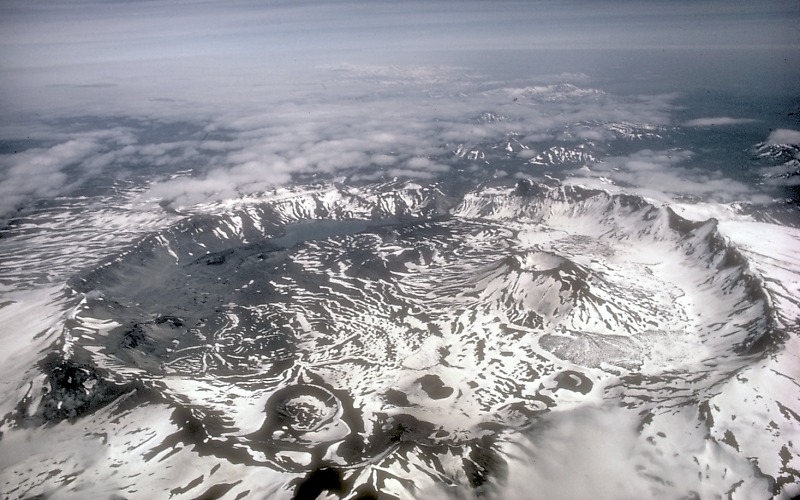
A caldera is the circular depression in the center of a volcano's summit that forms after a big eruption, when the volcano collapses in on itself after spewing out ash, lava and gases.
Cinder cone
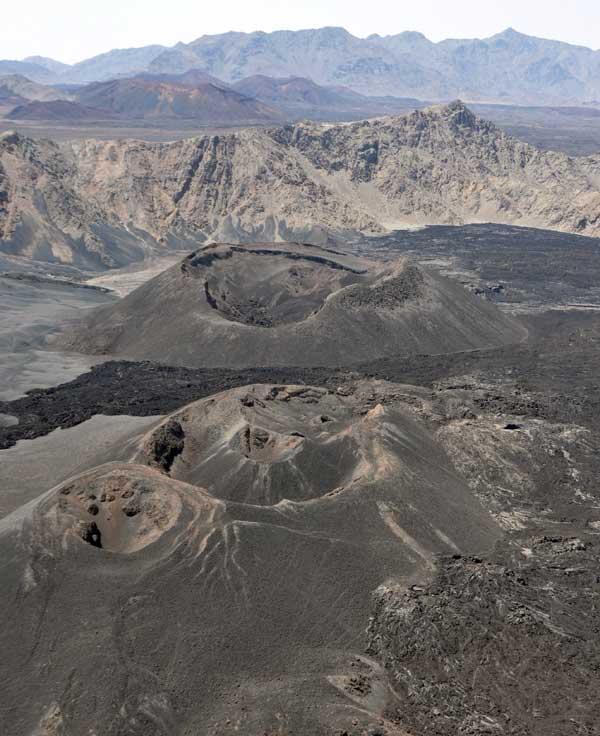
The simplest type of volcano is a cinder cone, which forms as gas-charged lava is thrown into the air, breaks into smaller pieces called cinders and falls around a volcanic vent, according to the U.S. Geological Survey.
Gradual growth

In 1943 a cinder cone started growing on a farm near the Mexican village of Parícutin, eventually rising to a height of 1,200 feet (366 meters). During its nine years of erupting, the volcano covered about 100 square miles (260 square kilometers) with ashes and destroyed the town of San Juan, according to the U.S. Geological Survey.
Strange substance

Ol Doinyo Langai in Tanzania is the only volcano in the world that erupts what is called natrocarbonatite lava, which is rich in calcium, sodium and potassium but low in silica (silicon dioxide). Its lava is extremely cool (for lava) and unusually fluid.
Active in Alaska
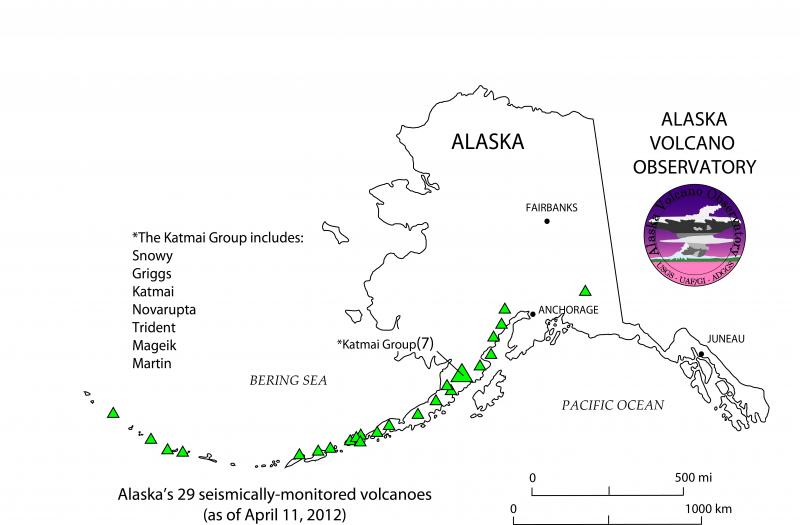
Alaska's volcanoes make up well over three-quarters of the U.S. volcanoes that have erupted in the last 200 years, according to the Alaska Volcano Observatory. Alaska has 50 volcanoes that have been active in historic times.
Most activity, historically

The most active volcano on Earth is Mount Yasur on Tanna Island, part of the archipelago nation of Vanuatu in the South Pacific. It has been erupting nearly continuously for 111 years.
Get the world’s most fascinating discoveries delivered straight to your inbox.
Pumice
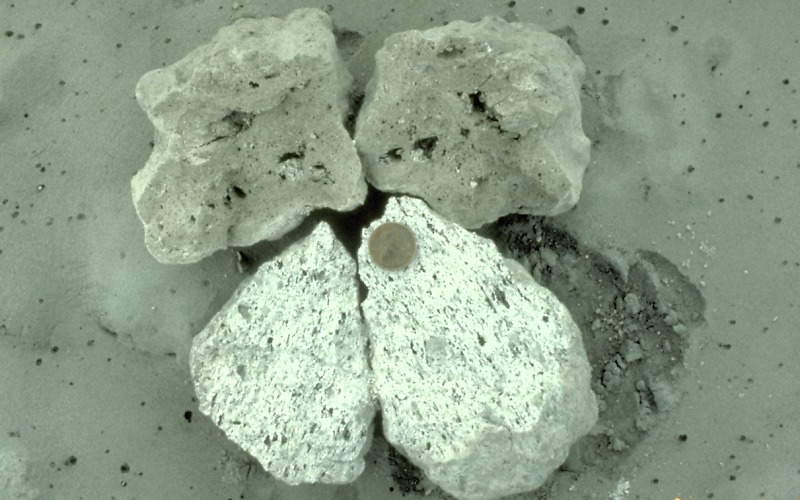
The volcanic rock pumice is the only rock that can float in water. It is usually gray and full of bubbly holes, which form when hot gases jet furiously out of the rock as it cools.
Beauty from chaos
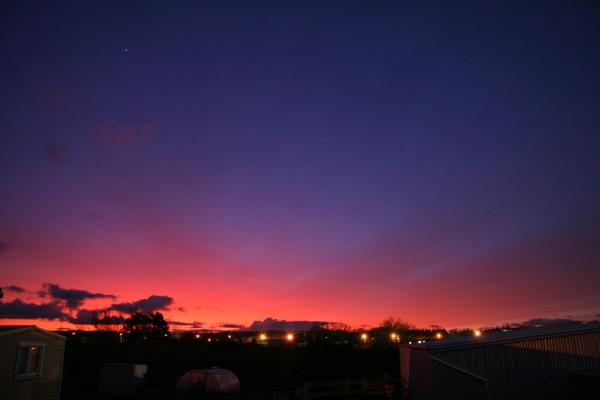
Ash and gases spewed by volcanic eruptions can color sunsets because the material adds more obstacles through which incoming sunlight has to pass before reaching our eyes. The effect accentuates the sky light toward the red end of the spectrum.



